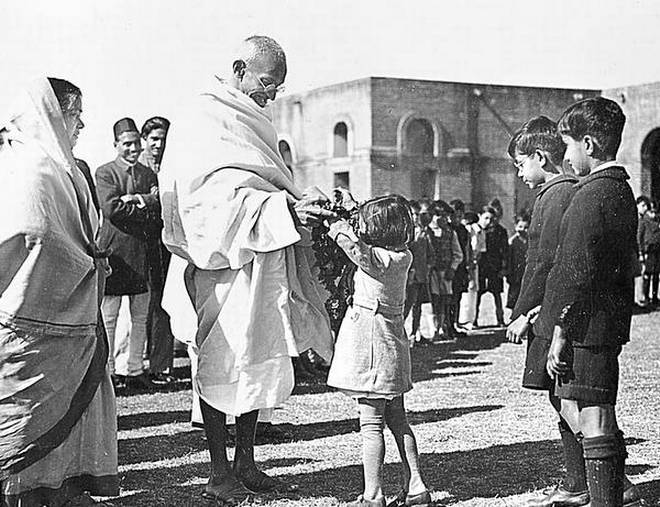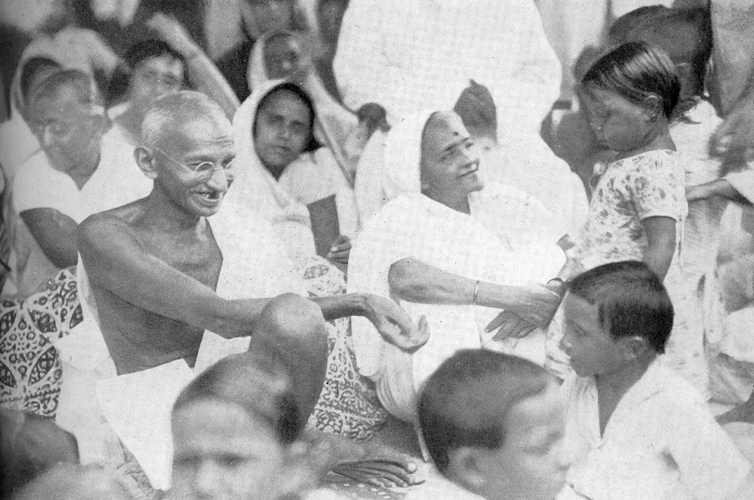Populism is not a new phenomenon in India. India has witnessed several types of populism over a long period of time. Populist political forces have played a significant role not only in India but all over the world. Leaders across the world have been introducing new trends that are worthy of attention but the populist ideas vary widely according to the prevalent circumstances and so do such ideas in the context of India. Recently, the ruling party introduced the New Education Policy (NEP)which has often been called the ‘New Exclusion Policy’ by its critics. On the one hand, this education policy is being seen as a positive step and as a policy document having the potential for bringing about revolutionary change in the education system and on the other hand, it is alleged to be too preoccupied with centralisation, communalisation and commercialisation of education. Now, the crucial question is regarding why we are seeing such populist politics in the name of the NEP. What are the goals which a populist leader/politician would pursue specifically in the context of India? For that matter, it is worth contemplating what kind of populism exists in India and how it has important consequences for education.
Populist politics played a vital role in the shrinking of the public sector. The New Education Policy has introduced four stages of education, these are ‘Foundational stage’, ‘Preparatory stage’, ‘Middle Stage’ and ‘Secondary Stage’. Among all the four stages, the ‘Middle Stage’ which is from 6th to 8th class is crucial for our discussion here. It will be focusing on experiential learning in various disciplines. The school education system is said to be more skill based. It would cover other tasks which are not university focused as of now, such as gardening, driving, skills of an electrician, shopkeeper, plumber, mason , farmer etc. Vocational training is the main focus in this new system of education. The model of developed countries is going to be adopted by the Indian government without understanding the entrenched hierarchies and fractures in the Indian society.
Adoption of ideas without a proper reading of the context is highly problematic
The Indian society is divided into various classes, castes, religious, ethnic and linguistic groups. The perception of education varies according to one’s socio-cultural context. In this context, it is crucial to ask, what is the intention of the New Education Policy. Is it to change the perception about education among the masses or to merely provide job opportunities in the unrecognised fields/informal/unorganised sectors? The introduced policy seems to be a populist strategy for furthering the production of the labor force rather than cultivating an educational climate that promotes critical thinking and reflexive skills. For instance, there is already a huge gap between the private and government schools in India. The proper implementation of the policies is a huge task thus, it seems unrealistic. In this context it is crucial to ask who will get what. Will the government be able to provide equal resources and facilities to the government schools as well? The private schools can provide the best training and skills to their students at high cost. But the question is regarding who will be able to access such schools. Thus, it’s clearly a step towards the commercialization of education. This policy would create a huge disparity of caste and class. So, this move would widen the disparity and fractures in the Indian society.
Populist leaders are often found to claim that they are the voice of the people and that they are for the destruction of neoliberal capitalism.A leader plays an important role in manipulating people’s emotions and claims that he/she labours only for the betterment of the people. Then, why is the state instrumentally rational in producing the labor force from only particular caste/class groups for particular caste/class groups? Thus, populist politics poses a threat to liberal democracy because it allows people of certain classes, castes, religions and ethnicities to get represented in the mainstream society and others are completely eliminated. The democratic and undemocratic potentials of populism are hard to define for the common people because it favours inclusion and exclusion at the same time.
Moreover, the populist welfare programs and policies are defended in terms of the development of the common people. These programs and policies are formulated through certain strategies, ideologies and rhetorics. In the current state of unemployment, the economic factors are not merely responsible for the rise of populism in India but there are many other factors such as social, cultural and political which needs to be taken into the consideration. For that matter, it is decisive to peel the layers of populist strategies in the New Education policy.
The NEP and the rise of populism in India
For a better understanding of the rise of populism in India, it is also worth contemplating on the other socio-cultural factors. For that matter, it is crucial to identify the educational ideals of the populist movement in India. The educational ideals are influenced by the dominant ideology. Furthermore, an educational institution is a primary institution helpful in transmitting fundamental values. These fundamental values are believed to be transmitted through the local language or the mother tongue. In this context, it is suitable to state that local communities play an important role in shaping of the populist movement.
A populist leader develops the common phenomenon of emotion from the diverse population and constructs the notion of “the people”. The “New Education policy” has introduced that the medium of instruction will be the mother tongue or local/regional language up till grade 5 and preferably grade 8th and beyond. Thus, this policy is a strategy to homogenise “the people” on the basis of the “general will”.
The local communities defend this policy at the wider level and contribute to its exclusionary practices. Such a policy can provide a moral training rather than the cultivation of a critical mind, resulting in the exclusion of the masses from quality education.
The “common people” would simply be excluded to compete at national and international levels because English is a global language for communication.
Moreover, in this policy, the foreign educational institutions are permitted to establish their campuses within India. This could count as a privatization project. But, the policy seems increasingly democratic with the flexibility to choose subjects and less authoritarian in terms of evaluation which provides a sense of optimism to the general population.
And, populism has the capacity to create a society which appears as the ‘only truth’ to its people. People can’t see beyond it and estimate how badly it would lead to the disparity of caste and class. Who will decide the medium of instruction in these universities and who will get into these universities?
The New Education Policy is a populist move and a threat to democracy because it focuses on centralisation. It legitimises the practice that any decision regarding introduction of changes in the education system could be taken by the Centre and the states would have no role. However, the populist strategy of the Centre is to control the entire curriculum in the education system.
In this sense it is worth quoting Michael Apple who says, “It is naïve to think that curriculum as neutral knowledge”. In the same way, Scruton notes, “The aims of education are internal, this means to imbibe the constructed social meanings.”
The role of the authoritarian government and public policies emerge together as a central element in the evolution of populist politics and have functioned to categorize the legitimate knowledge. Thus, education is merely an instrument to suppress and rule over the weaker sections of the society, by the dominant ideology and its powerful apparatus.
Akanksha Indora is PhD Scholar at CSSS, JNU New Delhi.













